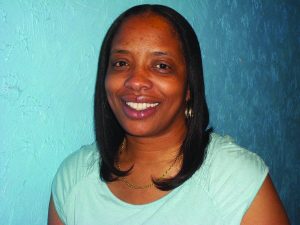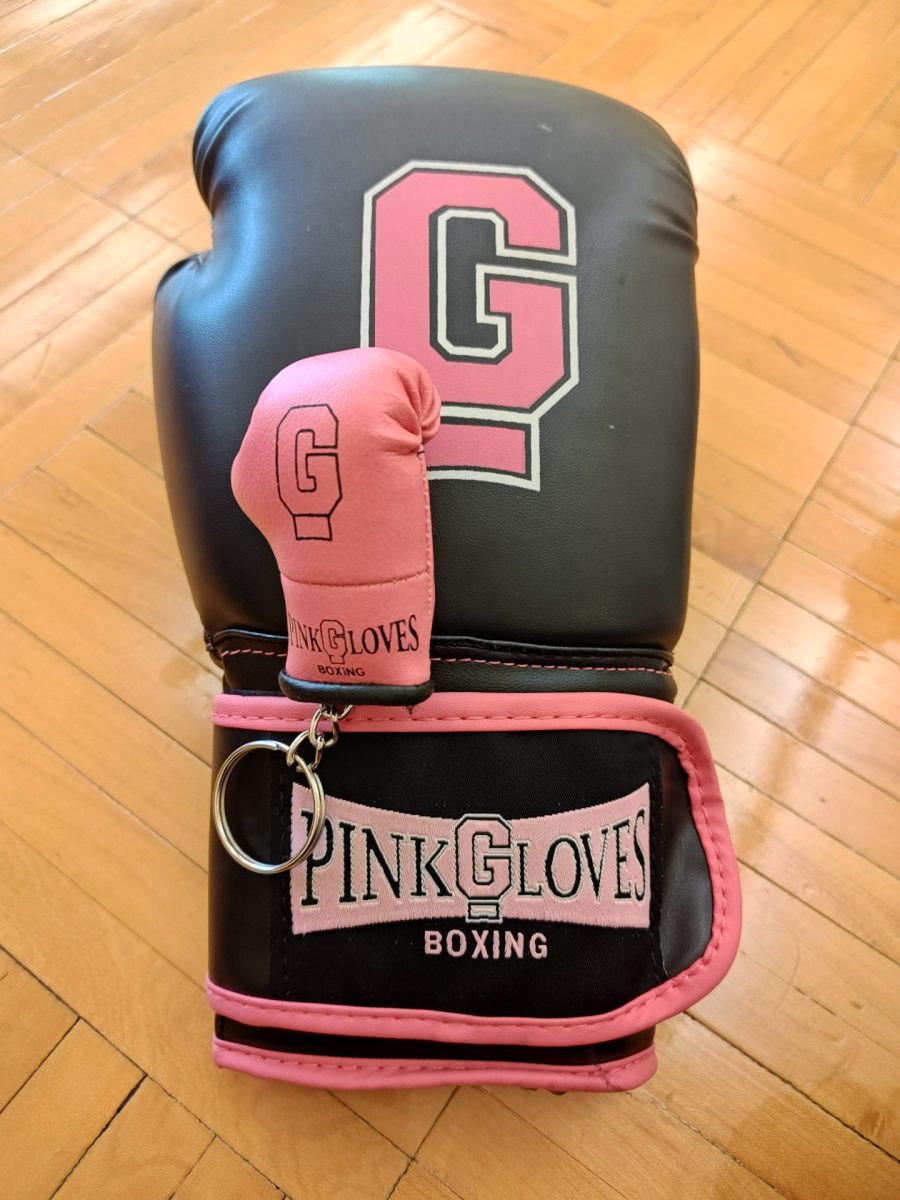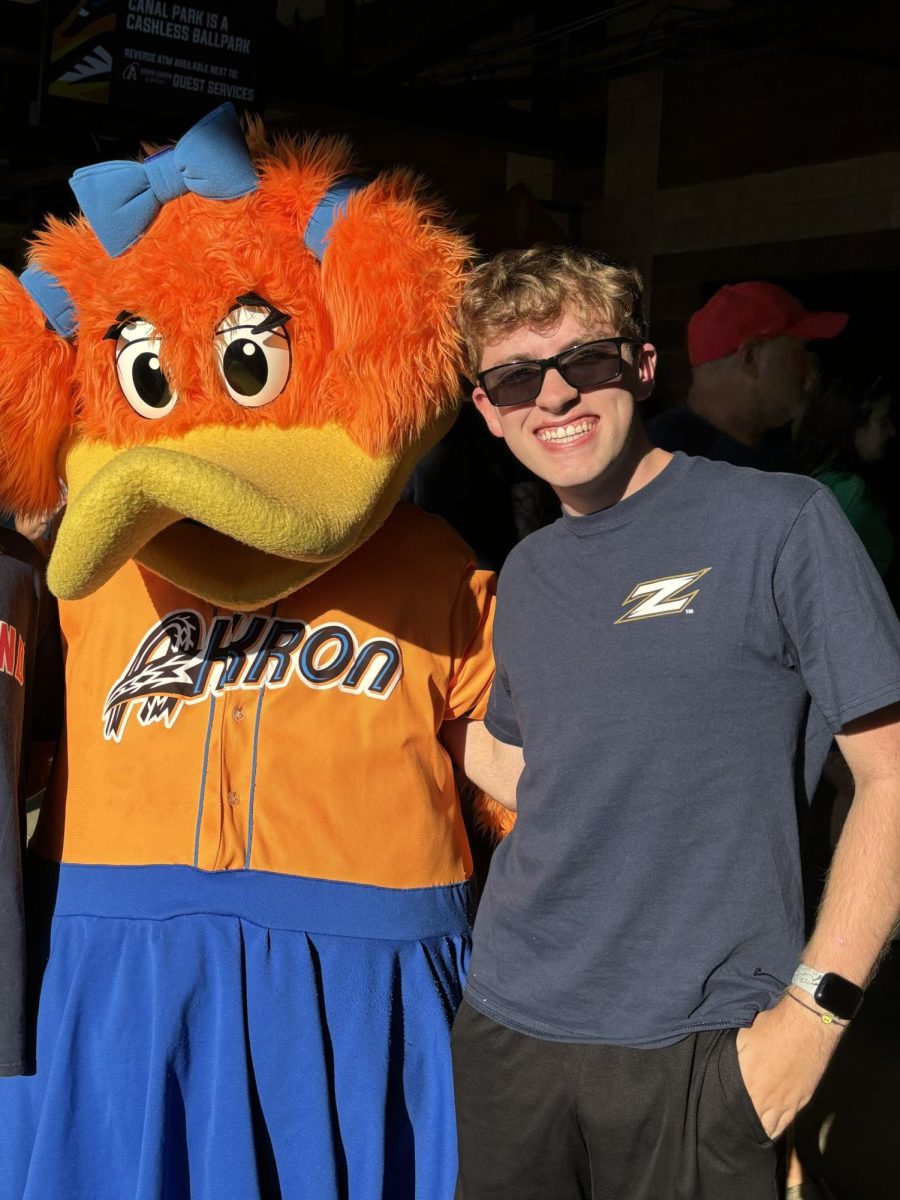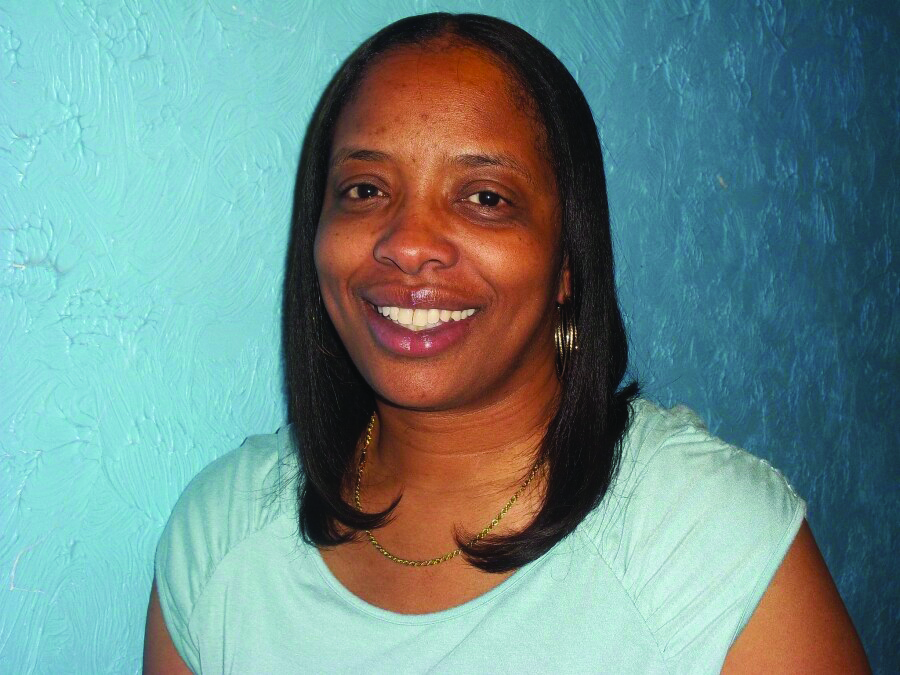Inaugural media studies program
April 29, 2015
Rather than sitting in one of the buildings on campus and listening to a professor lecture, a group of students participated in a different type of instruction in mid-April.
Their instructors were editors from National Public Radio, the Washington Post, and the exhibits at the Newseum, an interactive museum that “allows visitors to experience the stories of yesterday and today through the eyes of the media,” according to its website.
The members of the group were part of the School of Communication’s Converged Media Immersion Program, who traveled to Washington, D.C. for a field trip.
“The conferences that we have attended have broadened our horizons, giving us knowledge to chase higher employment opportunities,” said CMIP student William Morgan.
CMIP is sponsored by the John S. and James. L. Knight Foundation, and is teaching students how to tell and distribute news stories through print, video, radio, and social media. Each student received an iPad mini at the beginning of the semester. The tablet enabled the students not only to be mobile, but versatile.
“There’s a definite need for journalism and journalists and we need to contribute to journalism,” said James Crutchfield, Knight Foundation trustee.
Elizabeth Graham, former director of UA’s School of Communication, wrote the grant for CMIP, which received $40,000 from the Knight Foundation.
Crutchfield said he had hopes of creating a real teaching environment of journalism by having hands-on experience with multimedia platforms.
Graham said she believes all career fields require the skills of using various media platforms, so CMIP was open to second-year students and above from all majors. Out of the thousands of students who were eligible for the program, only 15 were accepted.
“As you know, everyone needs to know how to do just about everything in order to be considered capable in the media industry today,” Graham said. “Students learn much more when they’re devoted to immersion training.”
CMIP courses comprised newswriting, media production techniques, radio production, principles of social media, and information gathering. The classes were divided into morning and afternoon blocks, three days a week.
These classes were taught non-traditionally. The students were expected to learn through not only in-class lectures, but hands-on experiences.
For example, students in the program had a weekly blog they had to keep up-to-date. Many businesses use blogs today to keep up with trending changes and their customers. Using the tablet let students stay on top of their blogs by taking notes, pictures, videos or audio recordings.
Just as it helped students keep up with the blog and gather information, the iPads were used for projects as well. As part of the media production section, students used the Apple app iMovie to create short videos.
Using iMovie, students could record and edit their videos with the tap of a finger. The app let the students familiarize themselves with video production before moving to studio equipment.
This helped the students learn how to use different types of media quickly, because all these skills had to be learned in one semester.
CMIP students are currently working on a final project that requires them to tell one main story through the multiple media platforms they learned how to use during the semester. This project can be placed in student’s professional portfolios to present their multimedia abilities to future employers.
Graham helped decide and create the logistics of the program’s plan. She contacted professors and asked them to volunteer to help make CMIP possible. She said the four teachers who responded were the people she would have initially picked anyway, even if they didn’t volunteer.
“It was serendipitous in every way. They wanted to be involved. I wanted them to be involved,” Graham said.
Val Pipps, Nancy Sinning, Julie Cajigas, and Juan Contreras are the four teachers who have been involved with the CMIP students this semester. Each offered their personal expertise and worked together to offer the students a complete experience of all the media types.
Besides the diversity of the instructors—who had different teaching and expertise—there was also diversity within the program’s students. Their ages ranged from early 20s to mid-40s, with majors including communication, marketing, political science, and sports management.
Students in the program said they loved being a part of CMIP because they learned how to effectively tell a story in multiple ways, and had the opportunity to network with potential employers during the field trips.
“The program has really helped with my interviewing skills and has helped build relationships that can assist me in my future career,” said CMIP student Casey Hodgkiss.
The grant paid for the program’s tools and field trips, which were offered to help students network and learn more about media from other perspectives.
Graham said that the iPad mini is not “a tool that is given to everybody because there’s just a certain group of people who rose to the top and they should be noted as such, and identified as such.” She said the privileges given to the students in CMIP were something the students earned and worked for.
After this semester, paid internships at The News Outlet are being offered to five of the current CMIP students. This is where the students can continue their knowledge they obtained over the course of the program and continue applying it.
The question of whether CMIP will continue is still unanswered; however, Graham said she hopes this program will continue because the skills obtained in this program will create more media-proficient individuals, which is what society needs.
“Before this program, I did not know how to do radio or media production,” said CMIP student Sofia Syed. “I think this program helped me adapt to different technologies compared to the regular classroom because the teachers threw us in for a full hands-on experience.”











